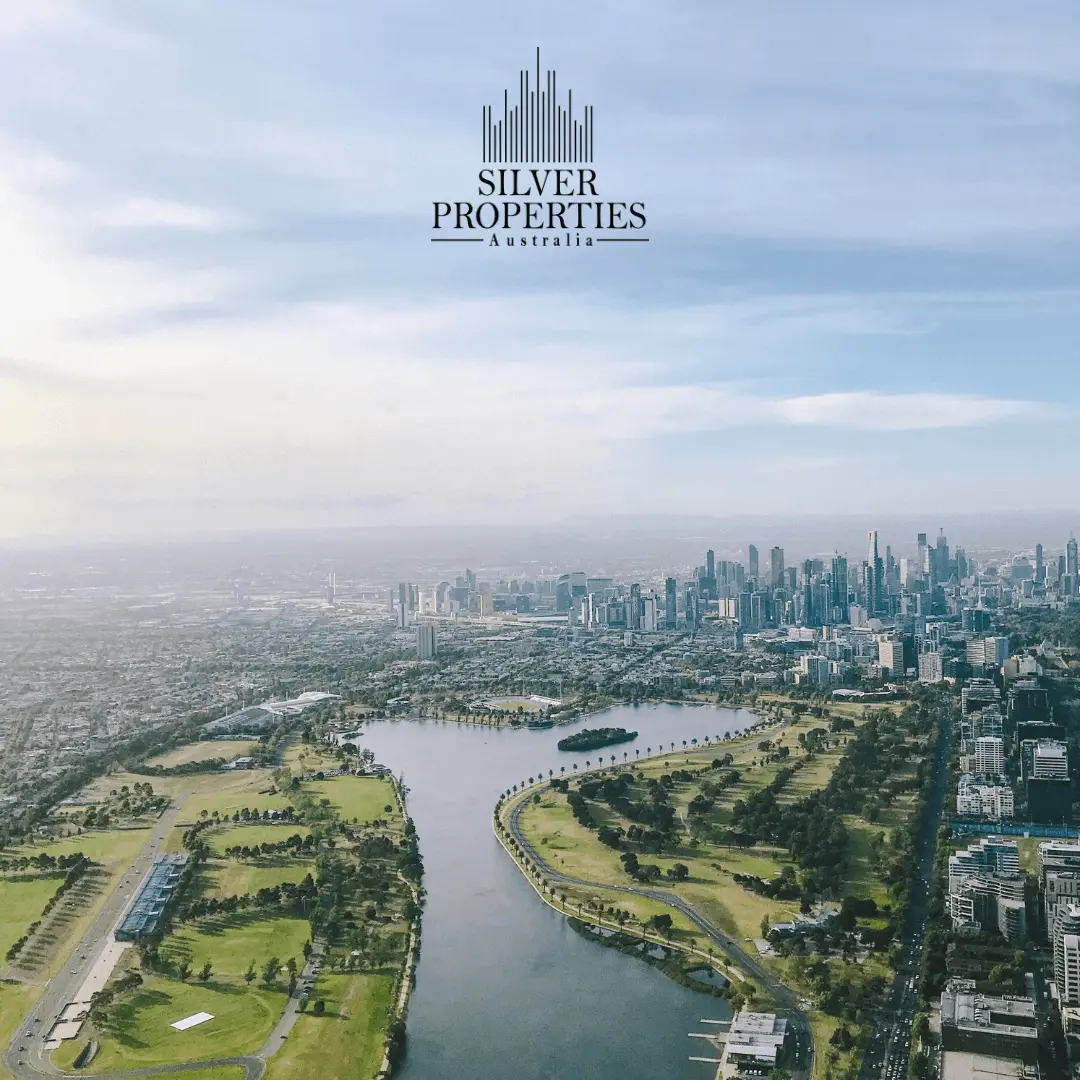In the vibrant city of Melbourne, which is constantly ranked among the world’s most livable cities, the real estate market presents numerous opportunities for investors looking for growth. As some neighborhoods reach their investment peak, others are just beginning to shine, offering untapped potential for those willing to explore. This article delves into how to discover Melbourne’s hidden gems for investment purposes and navigate through the city’s emerging neighborhoods, offering a blueprint for those looking to capitalize on the early stages of development.
Discovering Melbourne’s Hidden Gems for Investment
Melbourne’s diverse mosaic of neighborhoods offers a rich array of investment opportunities, particularly in areas that are just starting to gain attention. The first step in uncovering these hidden gems is to closely monitor urban development plans and infrastructure projects. Areas slated for new public transport links, schools, or community hubs often experience a surge in demand, making them prime targets for investment. Additionally, engaging with local real estate experts can provide insider knowledge on neighborhoods poised for growth, as they have firsthand insights into market dynamics and future prospects.
Another key strategy is to analyze demographic shifts and lifestyle trends. Neighborhoods that attract young professionals, families, or specific cultural communities can indicate a burgeoning demand for housing and amenities, signifying potential for appreciation. Paying attention to the emergence of new cafes, shops, and creative spaces can also signal an area’s transition into a desirable locale.
Lastly, it’s crucial to assess the affordability versus the potential for growth. While well-established areas might offer security, up-and-coming neighborhoods often provide a better return on investment as they evolve. Identifying areas where property prices are still below the city average, but showing signs of growth, can lead to substantial gains as the neighborhood’s popularity increases.
Navigating Through Melbourne’s Emerging Neighborhoods
Investing in Melbourne’s emerging neighborhoods requires a nuanced approach, as the landscape is continually changing. Utilizing data analytics and property technology can offer a competitive edge, helping investors to pinpoint areas with high growth potential before they hit the mainstream. Tools that analyze historical price data, rental yields, and population growth can illuminate patterns that predict future hotspots.
Networking is another vital component in navigating these neighborhoods. Joining real estate investment groups and attending local community events can foster connections with other investors, developers, and community leaders. These relationships can provide valuable insights into the neighborhood’s trajectory and uncover off-market investment opportunities.
Risk management is also essential when investing in areas that are still developing. Diversifying one’s investment portfolio across different neighborhoods and types of properties can mitigate potential risks. Additionally, investors should plan for longer holding periods, as emerging neighborhoods might take time to mature and achieve projected growth.
Investing in Melbourne’s up-and-coming neighborhoods offers a thrilling opportunity to be part of the city’s growth and transformation. By diligently researching and strategically navigating these emerging areas, investors can uncover significant potential for high returns. As Melbourne continues to evolve, the foresight to invest in its burgeoning neighborhoods can lead to prosperous outcomes for those ready to explore the city’s next chapter in real estate.
Key Takeaways
- Monitor urban development plans and demographic shifts to identify neighborhoods with investment potential.
- Engage with local real estate experts and utilize property tech tools for insights into emerging markets.
- Assess affordability versus potential for growth in up-and-coming neighborhoods for better ROI.
- Network with other investors and community leaders to discover off-market opportunities and gain insights.
- Diversify investments and plan for longer holding periods to manage risks in developing neighborhoods.
FAQs
Q1: Why invest in Melbourne’s emerging neighborhoods?
A1: Melbourne’s emerging neighborhoods offer potential for high returns as they develop and increase in popularity, providing a unique opportunity for investors to enter the market early.
Q2: How can I identify an up-and-coming neighborhood in Melbourne?
A2: Look for areas with new infrastructure projects, demographic shifts, and signs of cultural and commercial development. Utilizing data analytics and consulting with local real estate experts can also provide valuable insights.
Q3: What are the risks of investing in emerging neighborhoods?
A3: Risks include longer development times than anticipated, changing market dynamics, and potential for lower initial rental yields. However, these can be mitigated through thorough research and diversification.
Q4: How important is networking in real estate investment?
A4: Networking is crucial, as it opens doors to off-market deals, provides industry insights, and helps build relationships with key stakeholders in the community.
Q5: Should I focus solely on emerging neighborhoods for investment?
A5: While emerging neighborhoods offer great potential, diversifying your investment across different areas and property types can reduce risk and ensure a balanced portfolio.
Q6: How long should I plan to hold my investment in an emerging neighborhood?
A6: Plan for a longer holding period to allow the neighborhood to fully develop and achieve projected growth, typically 5-10 years.
Q7: How do demographic shifts influence neighborhood potential?
A7: Demographic shifts, such as an influx of young professionals or families, can increase demand for housing and amenities, driving up property values.
Q8: Can infrastructure projects significantly impact property values?
A8: Yes, new infrastructure like public transport links can dramatically improve accessibility and desirability, leading to increased property values.
Q9: How can I use technology to find investment opportunities?
A9: Property technology tools analyze data on price trends, rental yields, and population growth, helping investors identify high-potential areas before they become widely recognized.
Q10: Is it better to invest in several emerging neighborhoods or focus on one?
A10: Diversifying across several neighborhoods can spread risk and increase the chances of capturing high growth in multiple areas.


Leave a Reply